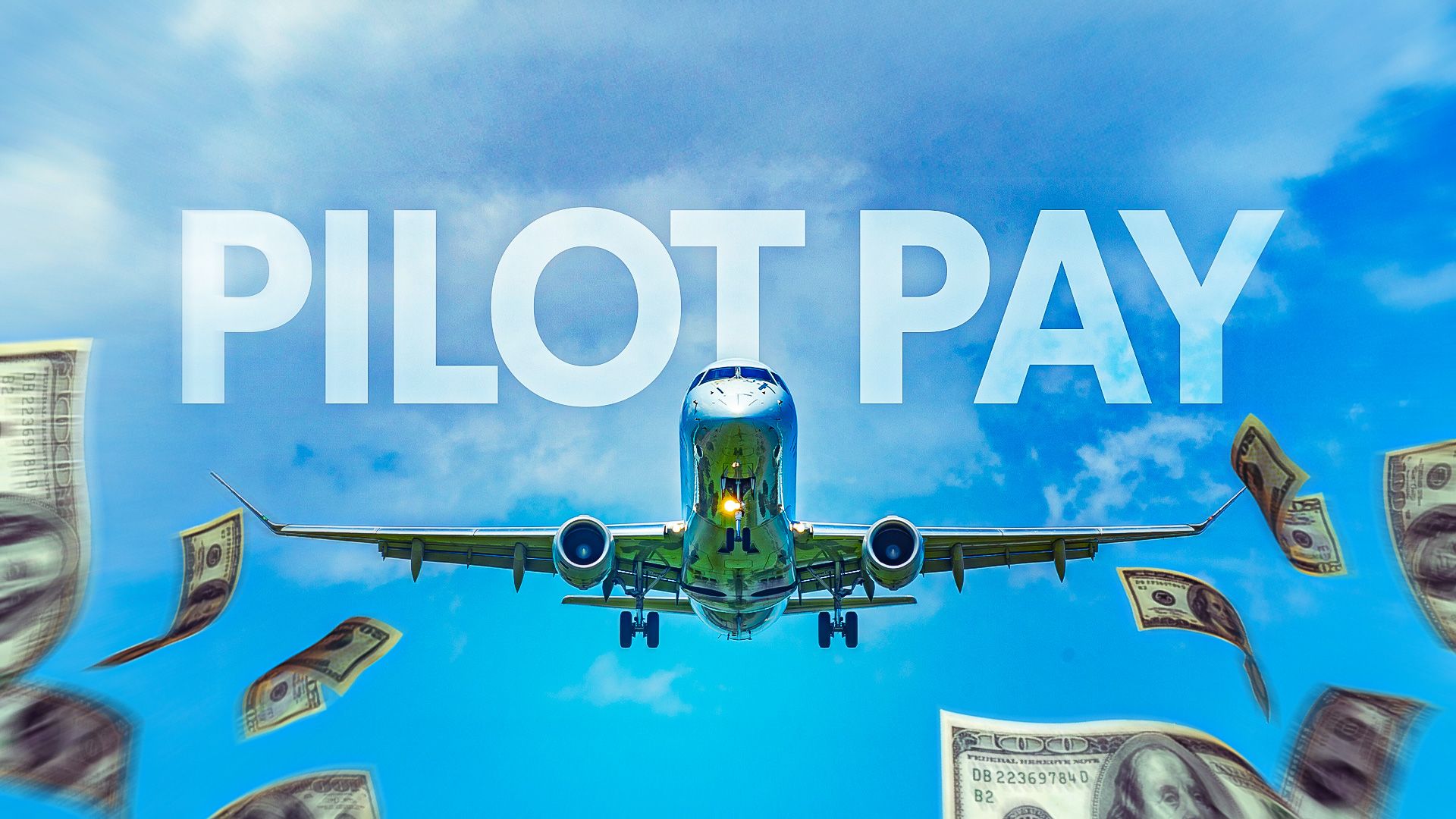World
Regional Pilots’ Salaries Surge to Six Figures in 2025

The landscape for regional pilot salaries in the United States has undergone a dramatic transformation in 2025, with many entry-level First Officers now earning between $80,000 and $110,000 annually. This marks a significant increase compared to the past decade, when many pilots faced starting salaries as low as $25,000 to $40,000. This upward shift in compensation reflects a broader response to rising demand for pilots and a competitive hiring environment among regional airlines.
Factors such as the increased retirement rates among seasoned pilots and the growing demand for air travel have compelled airlines to enhance their pay structures. Carriers like Envoy Air, Republic Airways, and SkyWest have introduced attractive compensation packages that include not only competitive salaries but also signing bonuses and additional incentives. This evolution has changed the perception of regional flying from a temporary stepping stone to a viable long-term career path.
Understanding Pay Structures and Progression
Most regional pilots are compensated through an hourly pay system rather than a fixed annual salary. This method calculates earnings based on flight hours, specifically the time spent from gate departure to arrival. Typically, regional airlines guarantee pilots a minimum number of flight hours each month, often between 70 and 75 hours. For example, a First Officer earning $100 per flight hour with a 75-hour guarantee can expect a base salary of $7,500 each month.
This compensation strategy allows for flexibility while securing a stable income, especially during months with fewer flights. Additionally, many airlines offer premium pay for holidays, enhancing overall earnings. While this pay structure provides opportunities for increased income, it can complicate comparisons between different airlines due to factors like schedule flexibility and guarantees.
The transition from First Officer to Captain presents one of the most significant salary increases in the industry. In 2025, regional captains can earn between $140,000 and $230,000 per year, based on factors such as seniority and aircraft type. This is a notable improvement from the sub-$100,000 salaries prevalent less than a decade ago. Airlines like PSA and Endeavor have set new benchmarks with competitive hourly rates, further incentivizing pilots to advance their careers.
The Role of Bonuses and Incentives
Beyond base pay, many regional airlines are enhancing their compensation packages with bonuses and tuition reimbursement programs. Sign-on bonuses can range from $15,000 to over $75,000, often paid in installments contingent upon service commitments. These financial incentives not only attract new pilots but also foster loyalty, as they reduce turnover rates—a significant challenge for the industry in recent years.
Additionally, many airlines affiliated with major carriers are establishing pathways for pilots to transition to larger airlines. This strategic move adds considerable appeal to regional positions, as aspiring pilots can envision a clear career trajectory that includes potential placement with major airlines like Delta Air Lines and American Airlines.
Despite standardized pay scales, actual earnings can vary widely among pilots due to several factors, including base location, aircraft assignment, and seniority. For instance, pilots based in cities like New York or Los Angeles may receive higher per diem rates compared to their counterparts in smaller cities. Furthermore, seniority plays a crucial role in determining flight schedules and vacation time, which can significantly impact overall income.
In 2025, the regional pilot salary landscape is markedly different from previous years, reflecting a substantial shift in the industry’s approach to compensation. The combination of competitive hourly rates, bonuses, and rapid career advancement has transformed regional pilot roles into attractive and sustainable careers.
Flight schools and training programs are witnessing increased enrollment as the promise of six-figure salaries becomes a tangible reality for aspiring pilots. This transformation not only benefits individual pilots but also strengthens the overall airline ecosystem by ensuring a steady supply of qualified aviators for major airlines.
Ultimately, the era of underpaid regional pilots is fading, giving way to a new standard of professional recognition and financial security within the aviation industry. As regional airlines continue to adapt to the evolving demands of the market, they are redefining what it means to be a pilot in today’s world.
-

 Business1 week ago
Business1 week agoIconic Sand Dollar Social Club Listed for $3 Million in Folly Beach
-

 Politics1 week ago
Politics1 week agoAfghan Refugee Detained by ICE After Asylum Hearing in New York
-

 Health1 week ago
Health1 week agoPeptilogics Secures $78 Million to Combat Prosthetic Joint Infections
-

 Science1 week ago
Science1 week agoResearchers Achieve Fastest Genome Sequencing in Under Four Hours
-

 Health1 week ago
Health1 week agoResearcher Uncovers Zika Virus Pathway to Placenta Using Nanotubes
-

 Lifestyle1 week ago
Lifestyle1 week agoJump for Good: San Clemente Pier Fundraiser Allows Legal Leaps
-

 World1 week ago
World1 week agoUS Passport Ranks Drop Out of Top 10 for First Time Ever
-

 Business1 week ago
Business1 week agoSan Jose High-Rise Faces Foreclosure Over $182.5 Million Loan
-

 Science1 week ago
Science1 week agoMars Observed: Detailed Imaging Reveals Dust Avalanche Dynamics
-

 Entertainment1 week ago
Entertainment1 week agoJennifer Lopez Addresses A-Rod Split in Candid Interview
-

 Top Stories6 days ago
Top Stories6 days agoChicago Symphony Orchestra Dazzles with Berlioz Under Mäkelä
-

 World1 week ago
World1 week agoObama Foundation Highlights Challenges in Hungary and Poland









